Looking for an SEO Checklist? Sure, this is the one.
But first, listen to this:
Do you know that 68% of all online traffic begins with a search engine? Some people might call you a perfectionist. But to make your content shine on the web, you need to go the extra mile.
No one ever said that SEO was easy. But with the right tools and a little know-how, you can make your website’s SEO success a reality.
We’ve put together this 50-step SEO checklist to make life a bit easier. It covers everything from basics, like keyword research and page titles. And more advanced SEO tactics, like backlinks and schema markup.
Basic SEO Checklist
Like most bloggers, you’re always looking for ways to optimize your blog. But do you know the basics of SEO?
If not, don’t worry – this SEO checklist will teach you the basics so that you can start optimizing your blog today!
1. Create and submit a sitemap
Sitemap helps search engines to find and index important content on your website. You need to create and submit the XML sitemap to Google and Bing. Usually, the sitemap on this URL: “/sitemap.xml”.
You can find your sitemap here.
2. Create a robots.txt file
A robots.txt file tells web robots (or crawlers) which pages on your website they are allowed to visit and index. To create a robots.txt file, simply create a text file and save it as “robots.txt” at the root of your website.
3. Set up Google Search Console
Google Search Console is a free webmaster tool. It helps you to check your site’s search performance. You need to set it up to see how your website performs in Google search results.
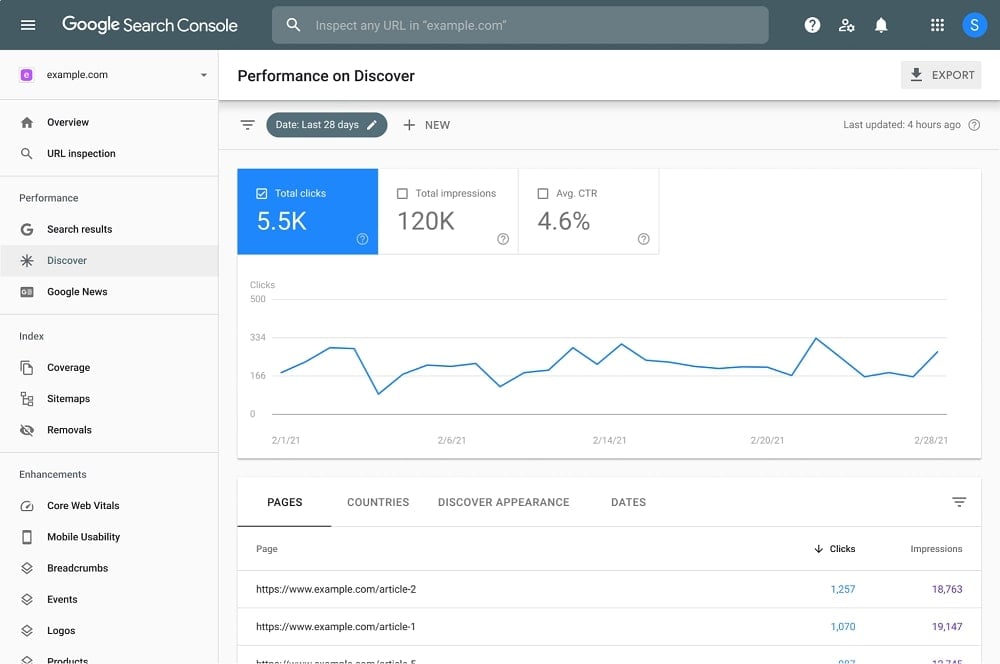
4. Set Up Google Analytics
Use Google Analytics. It’s a free tool that helps you measure your website traffic. Also, it helps to understand how users interact with your site. It’s a must-have for any website owner.
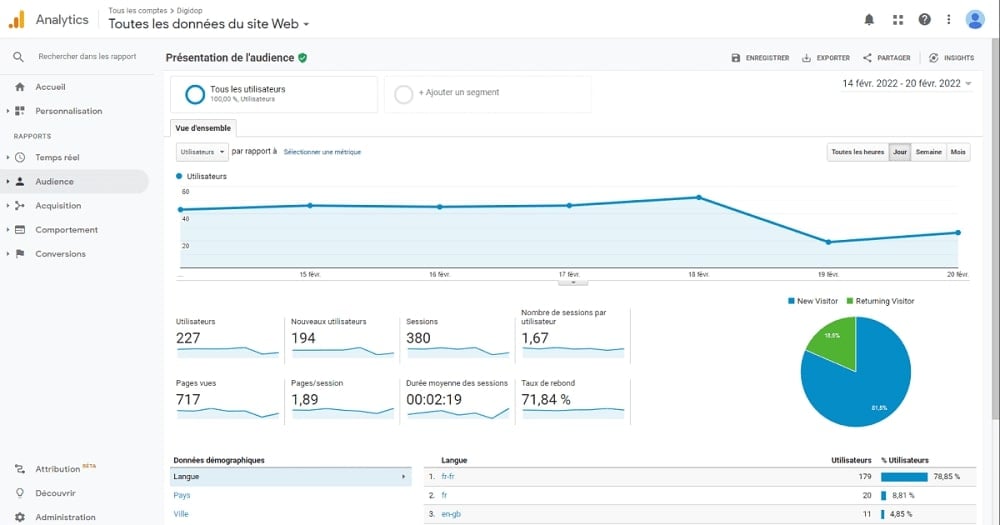
5. Use Ahrefs Webmaster Tool
Ahrefs Webmaster Tool is a paid tool, but it’s worth the investment if you want to improve your website’s SEO. It allows you to see what keywords your website ranks for, backlinks, and more.
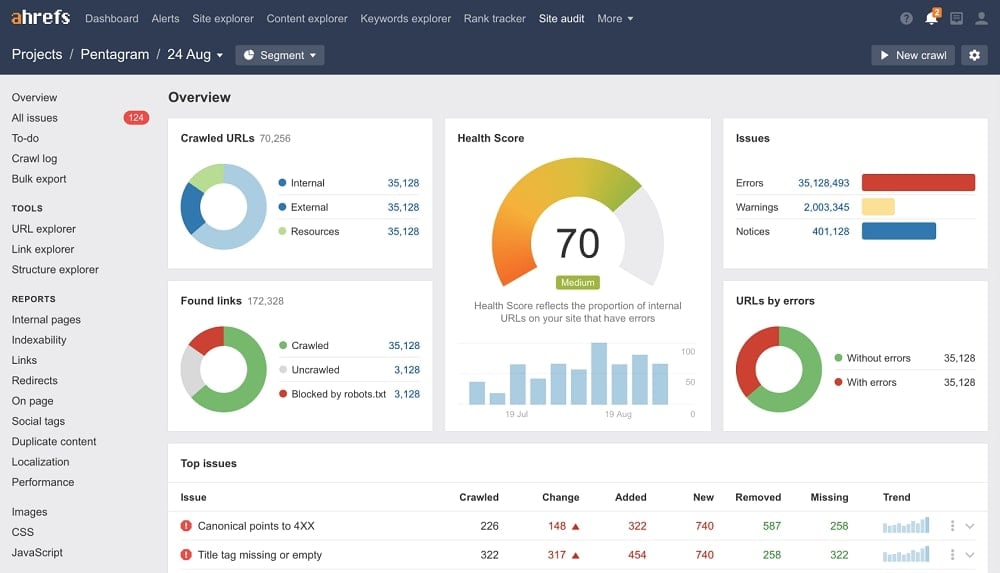
6. Install the Yoast SEO plugin
Yoast SEO is a free WordPress plugin that helps you optimize your website for SEO. It’s one of the most popular SEO plugins available, and for a good reason.
Yoast SEO makes optimizing your website’s title, meta descriptions, and content easy.
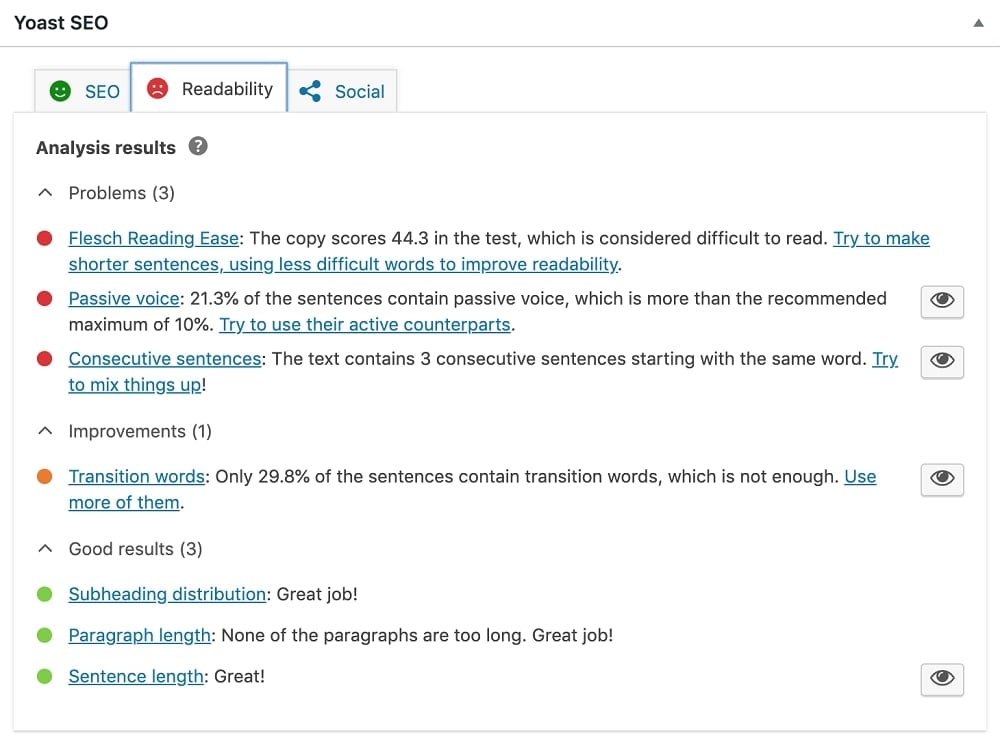
Keyword Research Checklist
Keyword research aims to identify the right keywords to rank higher on Google. By targeting the right keywords, you can improve your website’s SEO and increase traffic to your site.
7. Find the primary keyword
You must find a primary keyword relevant to your content. This main keyword should be high search volume and low competition. You can use various tools to help you find the right keywords for your content.
8. Use Google Suggest
Google Suggest is a great place to start your keyword research. When you type a keyword into the Google search bar, Google will show you related keywords.
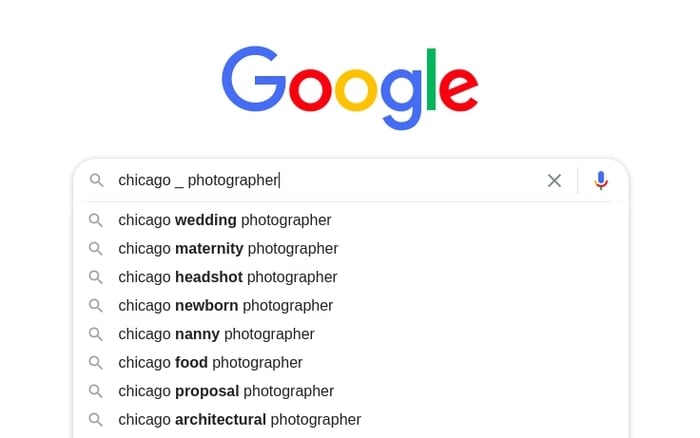
9. Use the Google Keyword Planner
The Google Keyword Planner is another great tool for finding keywords. It lets you see how many people are searching for a particular keyword.
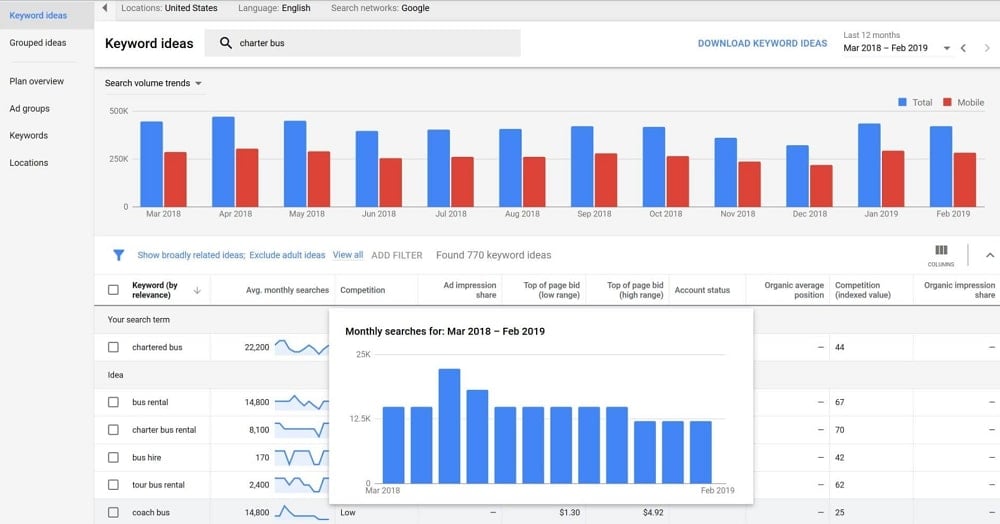
10. Use LowFruits
LowFruits is a great tool for finding low-competition keywords. It offers different options for finding keywords. The tool uses Google Suggest and looks at related phrases.
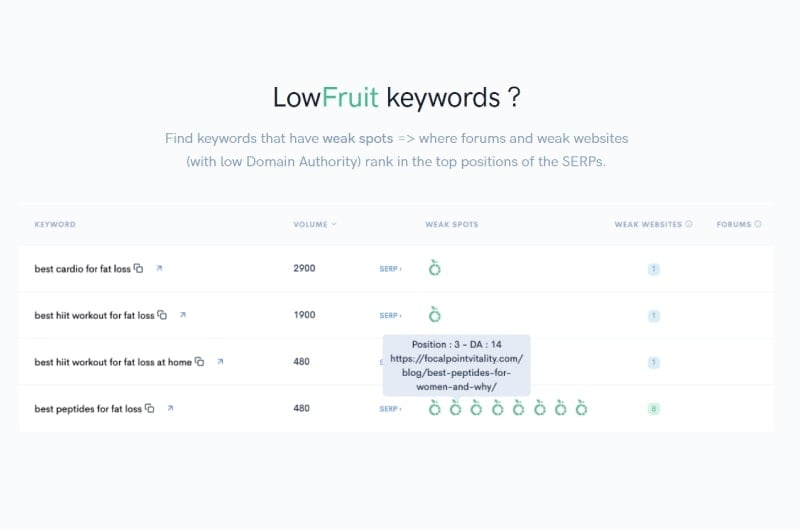
11. Search online communities
Online communities like Reddit are great places to find long-tail keywords. They allow users to ask questions and get feedback from other community members.
12. Use Quora and Answer the Public
Quora and Answer the Public are two great resources for finding question keywords. They allow you to see what questions people ask about a particular topic.
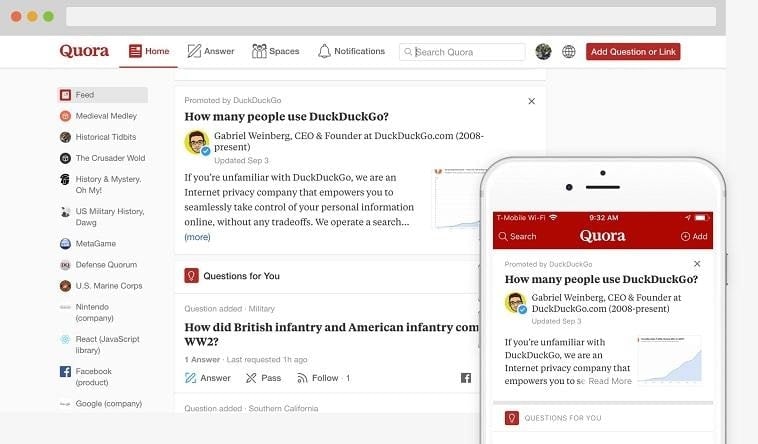
Content Checklist
After completing your keyword research, optimizing your website content is time. Here’s a checklist to help you get started.
13. Identify long-tail keywords
Long-tail keywords are more specific and have a lower search volume. But, long-tail keywords are often easier to rank. They also generate more traffic than general ones.
14. Identify relevant keywords for your business
Not all keywords are relevant for every business or website. That’s why selecting the right keywords to target carefully is important. Relevant keywords are relevant to your business and have a high search volume.
The term “keyword relevance” refers to how often a keyword is mentioned on a web page and the importance of that keyword to the overall topic of the page.
While there is no perfect formula for calculating keyword relevance, you must ensure your page is focused on one topic and use the keyword in the title.
15. Optimize your title and meta descriptions
Your title and meta descriptions are important elements of your website content. They should be clear, concise, and keyword-rich.
16. Use “The Skyscraper Technique”
The Skyscraper Technique is a popular content marketing strategy. It involves creating in-depth content better than competitors’ content on Google. You can use this technique to improve your website’s SEO and increase traffic to your site.
17. Break paragraphs into 2-3 sentences
Short paragraphs are easier to read. Research has shown that people are likelier to skim content than read it word-for-word. That’s why breaking up your paragraphs into 2 or 3 sentences is important.
But again, don’t have all paragraphs in 2-3 sentences, have variations. Otherwise it will create monotony and make the whole article boring.
18. Write in-depth articles
To rank higher on Google, you need to write in-depth articles that provide value to your readers. Go beyond the surface level and give your readers the information they need.
19. Use multimedia in articles
Multimedia is a great way to engage your readers and keep their attention. What’s more, it increases the user’s time on site. That is one of the Google ranking factors.
So adding images, videos, and infographics to your articles can help you rank higher on Google.
20. Delete “deadweight” pages
“Deadweight” pages are pages on your website that don’t generate traffic or leads. These pages can hurt your website’s SEO and should be deleted.
Tip: Use Google Analytics to find pages that hardly get traffic in a month. Then either delete those pages or revamp them with better content.
On-Page SEO Checklist
On-page SEO is the process of optimizing your website content to improve ranking.
You can use many different techniques to optimize your website content. It includes using keywords, adding schema markup, and using multimedia.
21. Use schema markup
Schema markup is code you can add to your website’s HTML. It helps search engines understand your site’s content. Adding schema markup to your site can improve your website’s SEO and increase traffic.
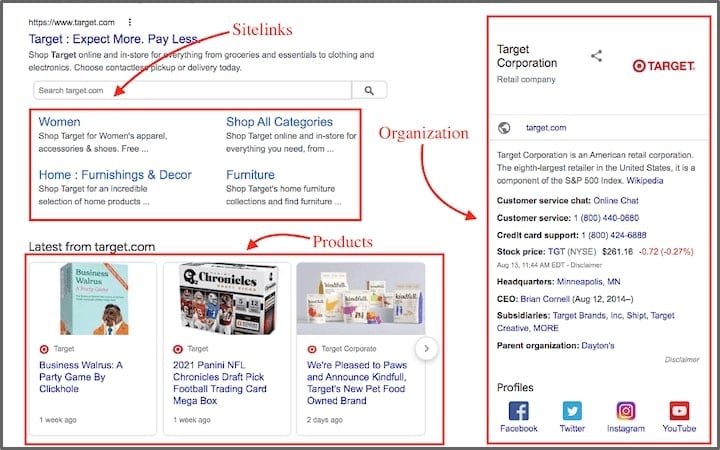
22. Add a primary keyword to the URL
Adding a primary keyword to your URL can help you rank higher on Google and get more traffic to your site.
23. Use keywords in the title front
Using keywords in the front of your title can help you rank higher on Google.
24. Use short links
Short links are easier for people to remember and can help you rank higher on Google.
25. Use a primary keyword in the first paragraphs
Google gives more attention to your blog post’s first 100-150 words. That’s why it’s important to use your keyword once in the first two paragraphs.
26. Use keywords in subheadings, like H2, H3, H4
Make sure to use a primary keyword in your subheadings, including H2. H3. and H4 titles.
27. Use external links
Linking to other websites can help you improve your website’s SEO and increase traffic.
28. Use relevant internal links
Linking to other pages on your website can help improve your website’s SEO.
29. Optimize image names
Image optimization is important for ranking higher on Google. Make sure to give your images descriptive, keyword-rich file names.
30. Optimize image ALT tags
The ALT attribute is used to describe an image for people unable to see it. It is also used by search engines to help rank the image in their search results. Adding keywords to your image ALT tags can help you rank higher on Google.
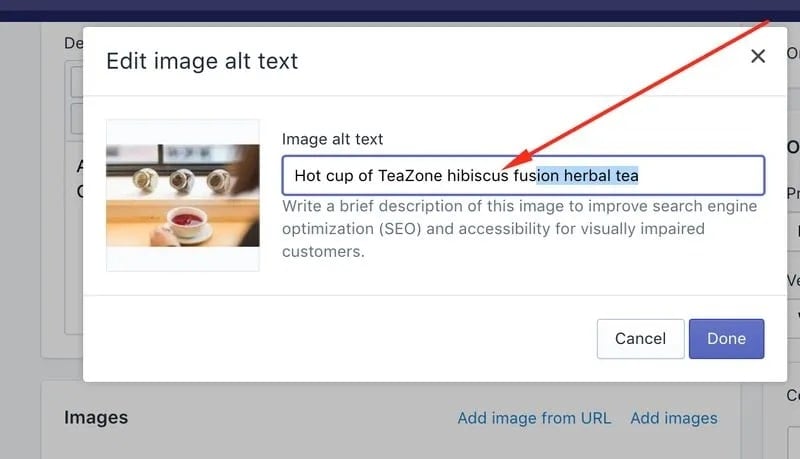
31. Use Synonyms and LSI Keywords
Using synonyms and LSI keywords can help you rank higher on Google. The search engines are smart. They can recognize the keyword when you use synonyms, so no more “keyword stuffing”.
Besides using synonyms, you can also use LSI (Latent Semantic Indexing) keywords. LSI keywords are keywords that are related to your primary keyword.
Using LSI keywords can help you improve your website’s SEO and rank higher on Google.
Link Building Checklist
Link building is the process of acquiring links to your website from other websites. You can build links using various methods. For example, guest posting, finding unlinked mentions, and pitching resource pages.
Link building is important for SEO. It helps improve your website’s search engine ranking.
By acquiring links from other websites, you increase the number of links to your website. This tells Google that your website is valuable and worth ranking higher.
32. Publish guest posts
One way to build links to your website is by writing guest posts for other websites. When you guest post, you include a link back to your website in the author bio section.
Guest posts help to increase exposure to your website. Besides, it can also lead to traffic from people who read your guest post and click on the link to your website.
33. Check your competitors’ links
Another way to find link-building opportunities is to check your competitors’ links.
Use a tool like Ahrefs to see what websites link to your competitor’s website. If they are linking to your competitor, there’s a good chance they would be willing to link to you as well.
34. Find unlinked mentions
Another way to build links is to find unlinked mentions.
Enter your website URL into the search bar. Then BuzzSumo will show you all the times your website has been mentioned online. If any mentions don’t have a link back to your website, you can reach out to the site owner and ask them to add a link.
35. Reclaim lost links
If you’ve ever changed your website’s URL or had a removed page, there’s a chance you’ve lost some links in the process.
You can use a tool like Ahrefs to find these lost links. Then reach out to the website owner and ask them to update the link.
36. Give an interview to a Youtube blogger
Youtube bloggers are a great way to reach a new audience and promote your website or business. You can find bloggers who are relevant to your niche and offer value to your target audience.
If you have a Youtube channel, use the Youtube cover template. The tool allows you to create eye-catching channel art and impress subscribers.
37. Mention influencers in your articles
Influencers are people who have a large following on social media. Mentioning an influencer in your article can help you get traffic to your site.
38. Pitch resource pages
Another way to build links is to pitch resource pages.
A resource page is a page on a website that lists helpful resources on a certain topic. For example, if you have a dog blog, you could pitch to a resource page that lists helpful websites about dogs.
To find these pages, you can search for “keyword” + “resource page”.
39. Use cold email outreach to build backlinks
Cold email outreach is reaching out to websites and asking them for a link. This can be done by finding the website owner’s contact information using Hunter.io. Then send them an email asking for a link.
40. Build contextual backlinks with link roundups
A link roundup is a blog post that rounds up the best resources on a certain topic. For example, a blog about dogs could have a link to the best websites about dogs. To get featured in a link roundup, you can reach out to the website owner and pitch them your website.
Link building is an important part of SEO, and many ways to build links. Using this checklist, you can ensure you’re covering all your bases of link building.
Technical SEO Checklist
Technical SEO is the practice of optimizing a website for better SEO visibility. It can include improving website speed, ensuring mobile-friendly design, and fixing crawl errors.
41. Find crawl errors
One way to improve your website’s technical SEO is to find and fix crawl errors.
Crawl errors are problems that prevent Google from indexing your website properly. These can be found in Google Search Console under the “Crawl” tab. Once you find them, you can fix them and submit your website for re-indexing.
42. Check your site’s loading speed
Another important factor in technical SEO is website speed.
A slow website can hurt your search engine rankings and frustrate users. You can check your website’s speed with the Speed test tool. Once you know your website’s speed, you can work on making improvements.
43. Ensure your website is mobile-friendly
More people use mobile devices to access the internet. So, making sure your website is mobile-friendly is important.
Google has a tool called Mobile-Friendly Test. It can be used to check if your website is mobile-friendly. If it’s not, you can make changes to make it more mobile-friendly.
44. Secure your site with HTTPS
One of the most important technical SEO factors is security.
You should make sure your website is secure with HTTPS. This will help protect your website from hackers and give users a better experience. You can buy an SSL certificate from a reputable provider and then install it on your website.
45. Fix broken links
Broken links can hurt your website’s technical SEO. These are links that lead to pages that no longer exist.
You can find and fix broken links with a tool like Ahrefs. Once you find them, you can reach out to the website owner and ask them to update the link.
46. Plan your website structure
Another important factor in technical SEO is website structure.
A well-structured website is easy for search engines to crawl and index. It’s also easier for users to navigate.
You can use a tool like Screaming Frog to audit your website’s structure. Once you know where your website needs improvement, you can make changes to improve it.
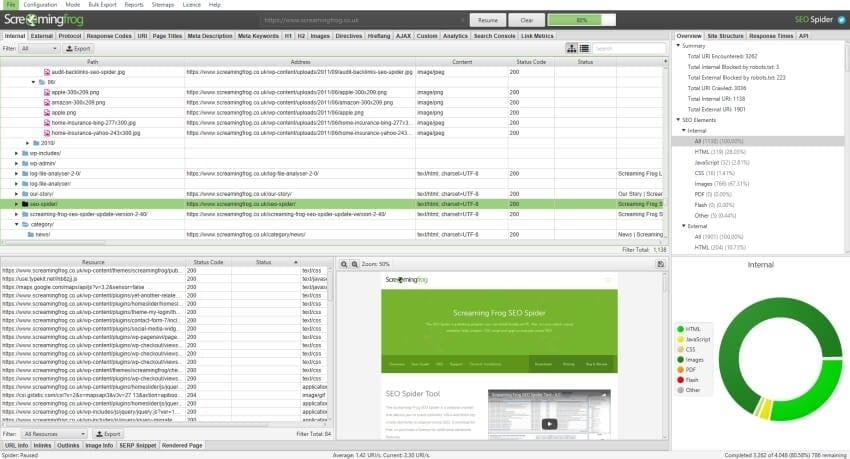
47. Ensure your site is indexable
If your website isn’t indexable, it won’t appear in search results. Check the site for problems like duplicate content and no index tags.
There are a few ways to ensure your website is indexable by search engines.
- One way is to submit your site to Google and other search engines using their submission forms.
- You can also use a sitemap to help search engines find and index all the pages on your website. A sitemap is an XML file that contains a list of all the pages on your website.
- Finally, you can use robots.txt files to tell search engines which pages on your website they should and should not index.
48. Make sure your website is accessible at one domain
If your website is accessible at multiple domains, it can hurt your technical SEO. You should make sure your website is only accessible to one domain. You can redirect all traffic from the other domains to your primary domain.
When a website is accessible at multiple domains, it means that the website can be accessed from multiple URLs. This can be helpful if you have a website with multiple domains (e.g., www.example.com and example.com).
You can use a 301 redirect to tell browsers and search engines that the website is the same and to send traffic to the preferred domain (e.g., www.example.com).
49. Install an image compression plugin
One way to improve your website’s technical SEO is to install an image compression plugin. This will help reduce the size of your images, improving your website’s loading speed.
Many different image compression plugins, such as Optimole or Imagify, are available on the market today.
50. Fix 404 pages
If you have 404 pages on your website, you’ll want to fix 404 errors as soon as possible. Not only are they bad for user experience, but they can also hurt your SEO.
You can use a tool like Google Search Console to find and fix broken links.
Conclusion
It’s no secret that good SEO practices can help your website rank higher in Google search results. Following this 50-point SEO checklist will ensure you haven’t missed anything important.
So what are you waiting for?
Use this SEO checklist to improve your site ranking and see more traffic from Google today.

 Basic SEO Checklist
Basic SEO Checklist